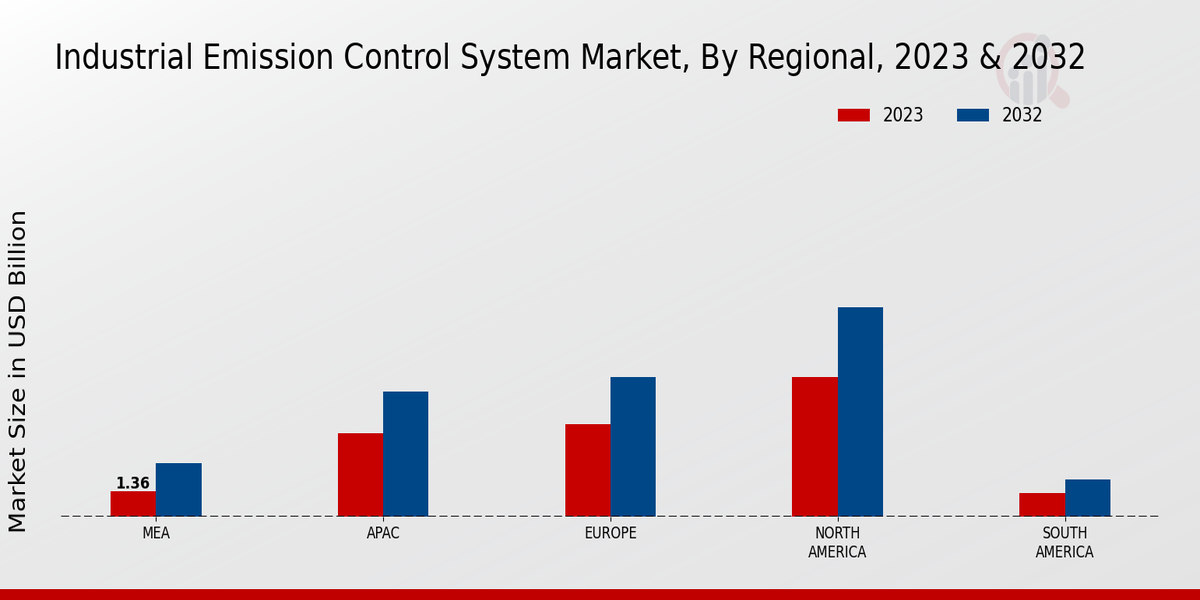The Industrial Emission Control System Market is characterized by a dynamic environment driven by the increasing regulatory pressures on industries to reduce emissions and enhance environmental sustainability. As governments worldwide implement stricter policies to combat air pollution and climate change, the demand for efficient emission control solutions is surging. Key players in the market are focusing on technological advancements, innovative products, and strategic collaborations to maintain a competitive edge.
This competitive landscape features a mix of established companies and emerging players who are continuously evolving their offerings to address the diverse needs of various industries, including power generation, manufacturing, and oil and gas. The ability to deliver effective solutions that comply with stringent regulations while optimizing operational efficiency is becoming increasingly important, shaping the strategies employed by companies in this market.Fluor Corporation stands out in the Industrial Emission Control System Market due to its extensive experience and robust engineering capabilities.
The organization has established a strong market presence through its comprehensive portfolio of services, incorporating technologies that specialize in emission reduction. With a commitment to research and development, Fluor Corporation invests significantly in innovation, developing advanced solutions that not only comply with environmental regulations but also enhance process efficiency. Their strategic partnerships and collaborations with various stakeholders allow the company to leverage synergies and expand its market reach, further solidifying its position as a key player in the emission control landscape.
The focus on delivering sustainable solutions and the ability to execute complex projects are among the strengths that Fluor Corporation brings to this competitive market, aligning with the shift towards lower carbon footprints.Johnson Controls is a prominent entity in the Industrial Emission Control System Market, recognized for its commitment to creating intelligent building technologies and solutions. With a strong emphasis on efficiency and sustainability, Johnson Controls offers a range of emission control products and systems designed to minimize environmental impact while maximizing performance.
The company's innovative approach to integrated technologies allows for seamless implementation of emission control measures across various industrial sectors. Leveraging its footprint and extensive industry expertise, Johnson Controls is well-positioned to meet the evolving demands of the market. The emphasis on energy-efficient solutions and compliance with regulatory standards contributes significantly to their competitive stance. Furthermore, Johnson Controls' focus on smart building solutions enhances operational productivity while addressing environmental concerns, showcasing its ability to adapt and thrive amidst the changing dynamics of the industrial emission control sector.




















